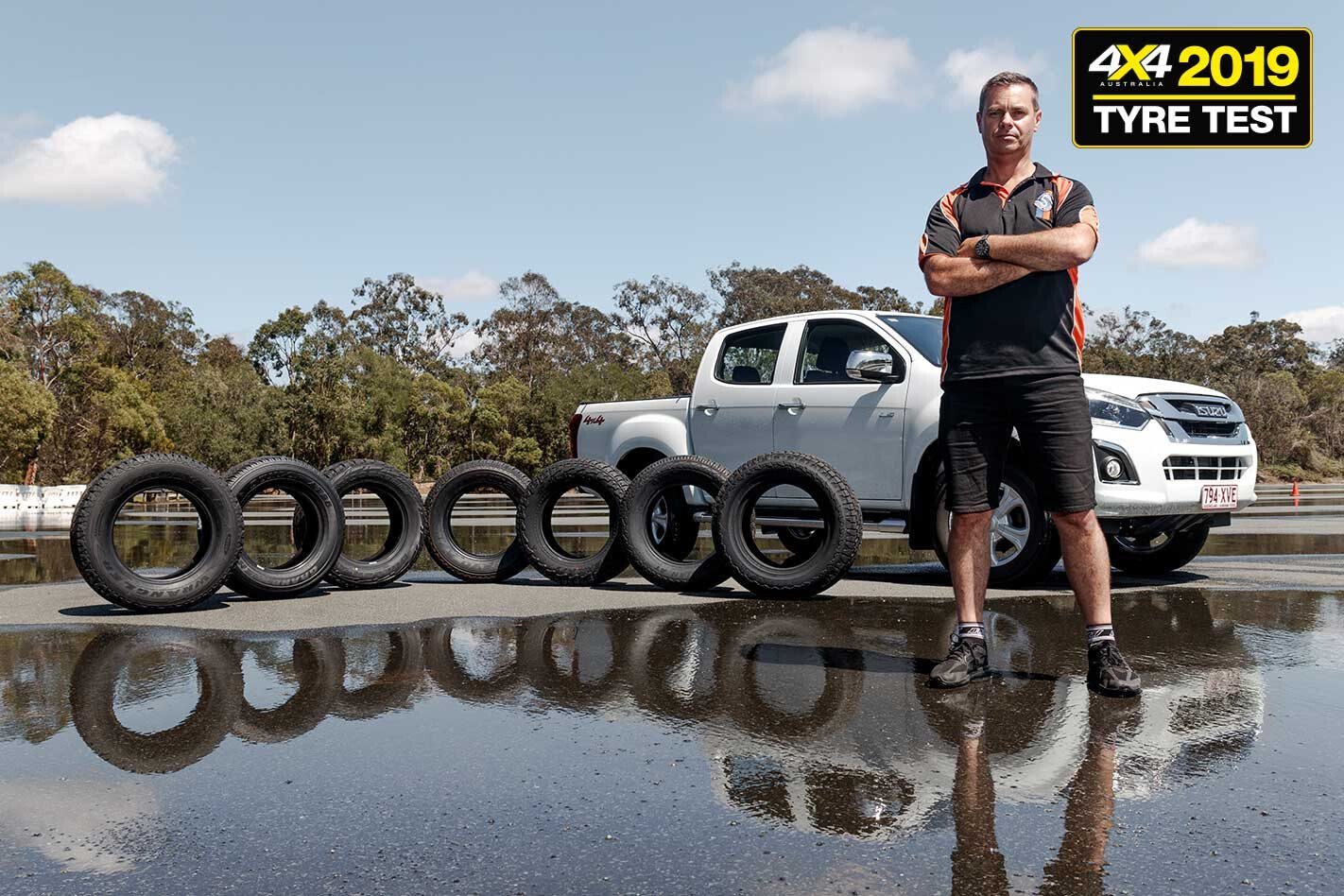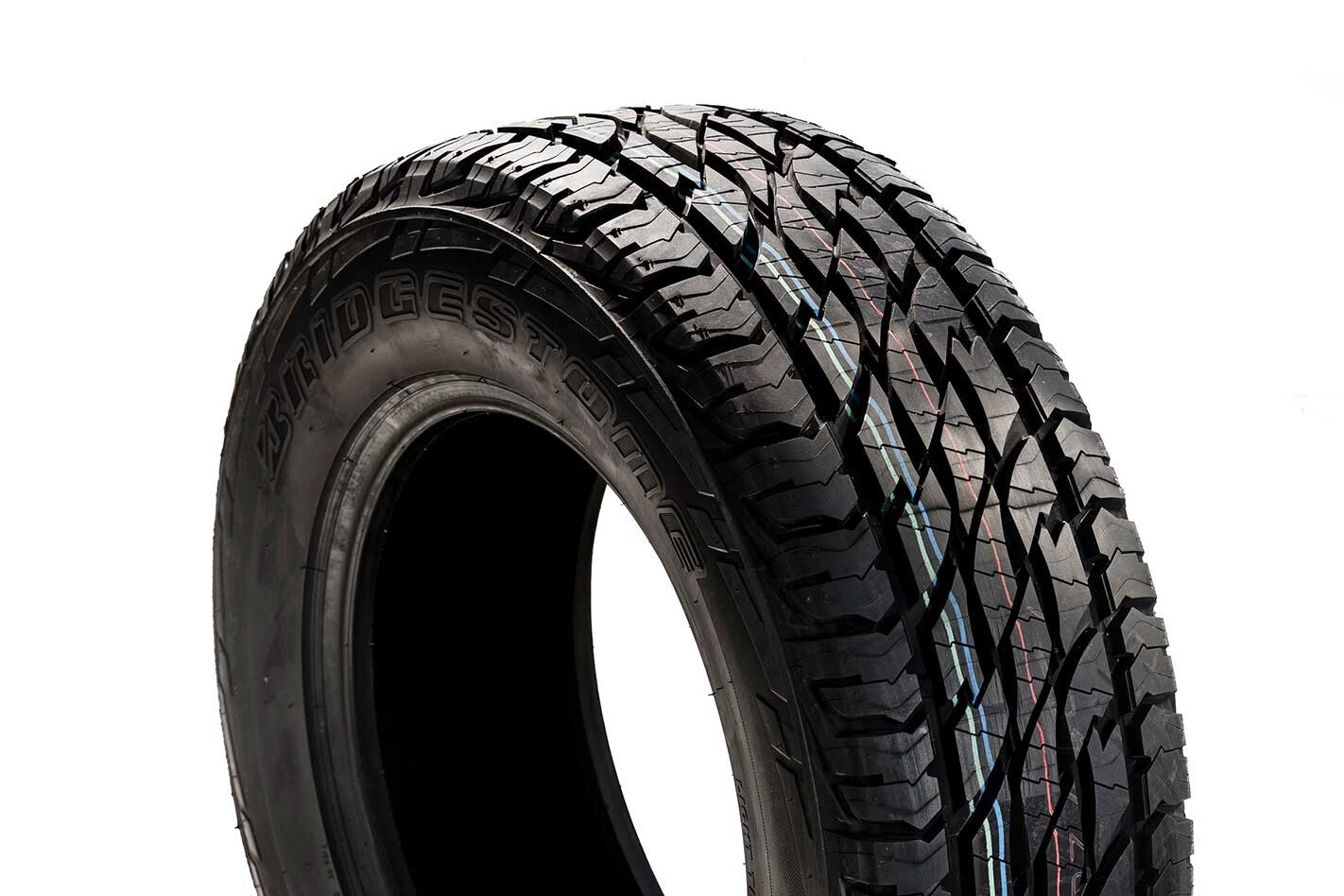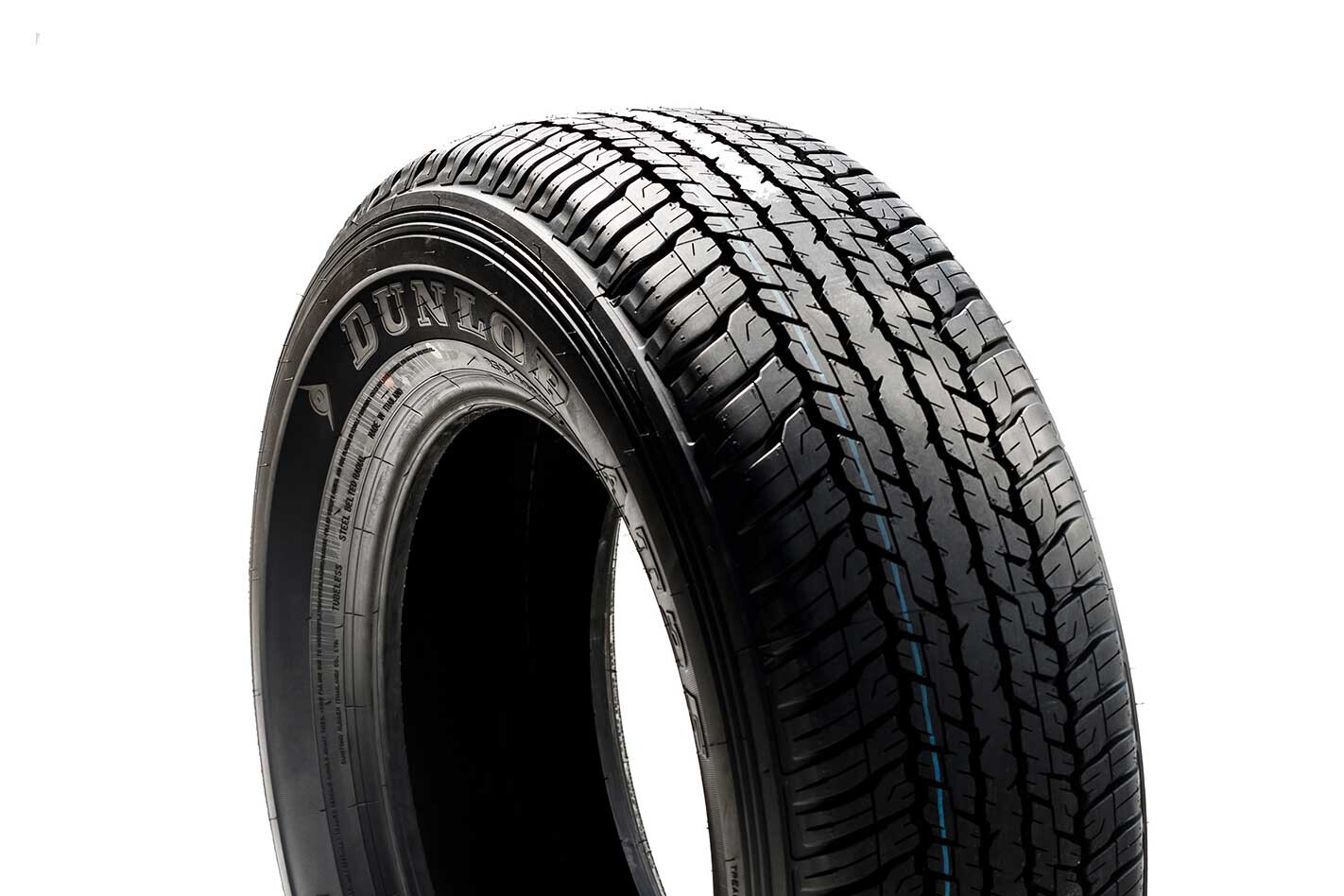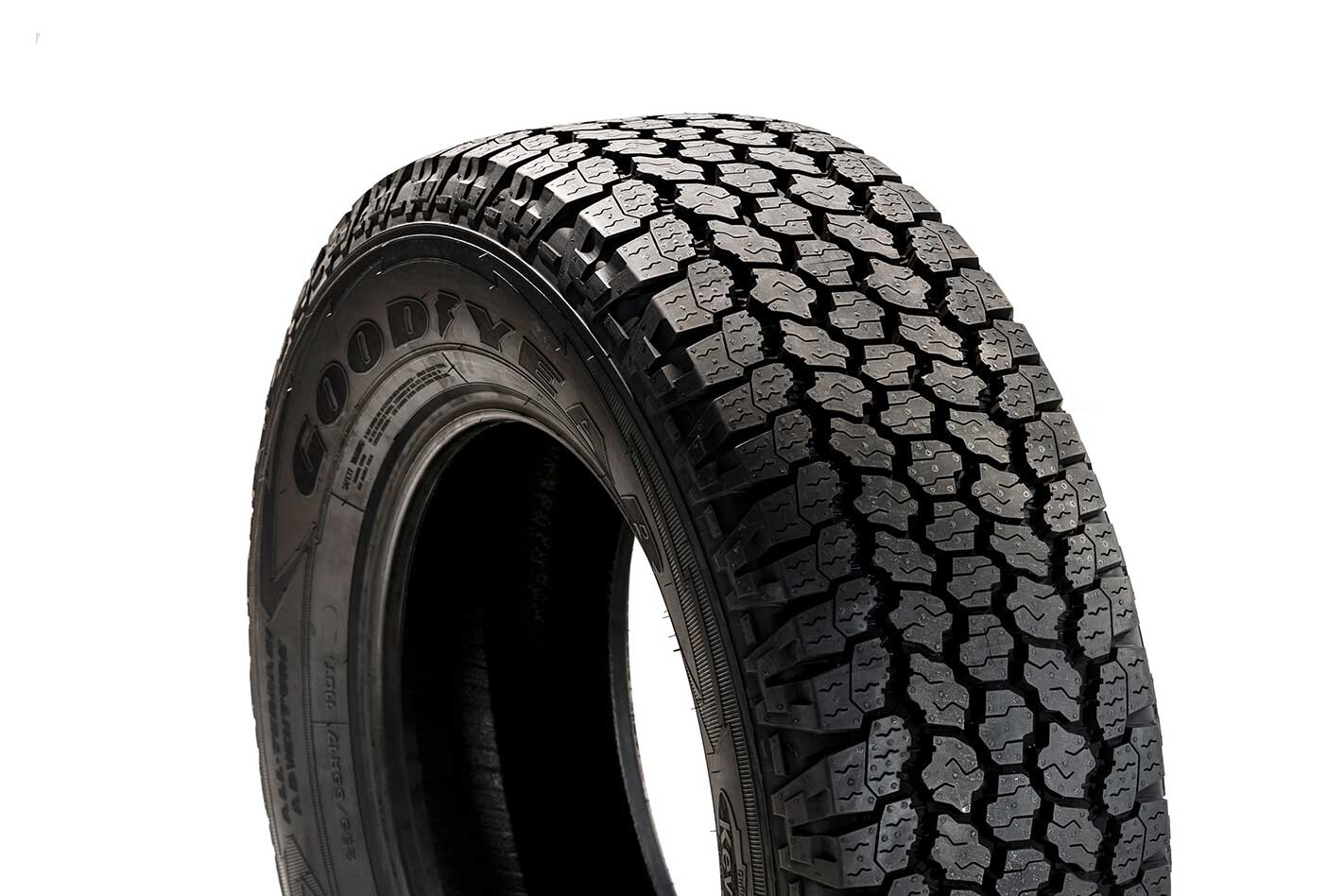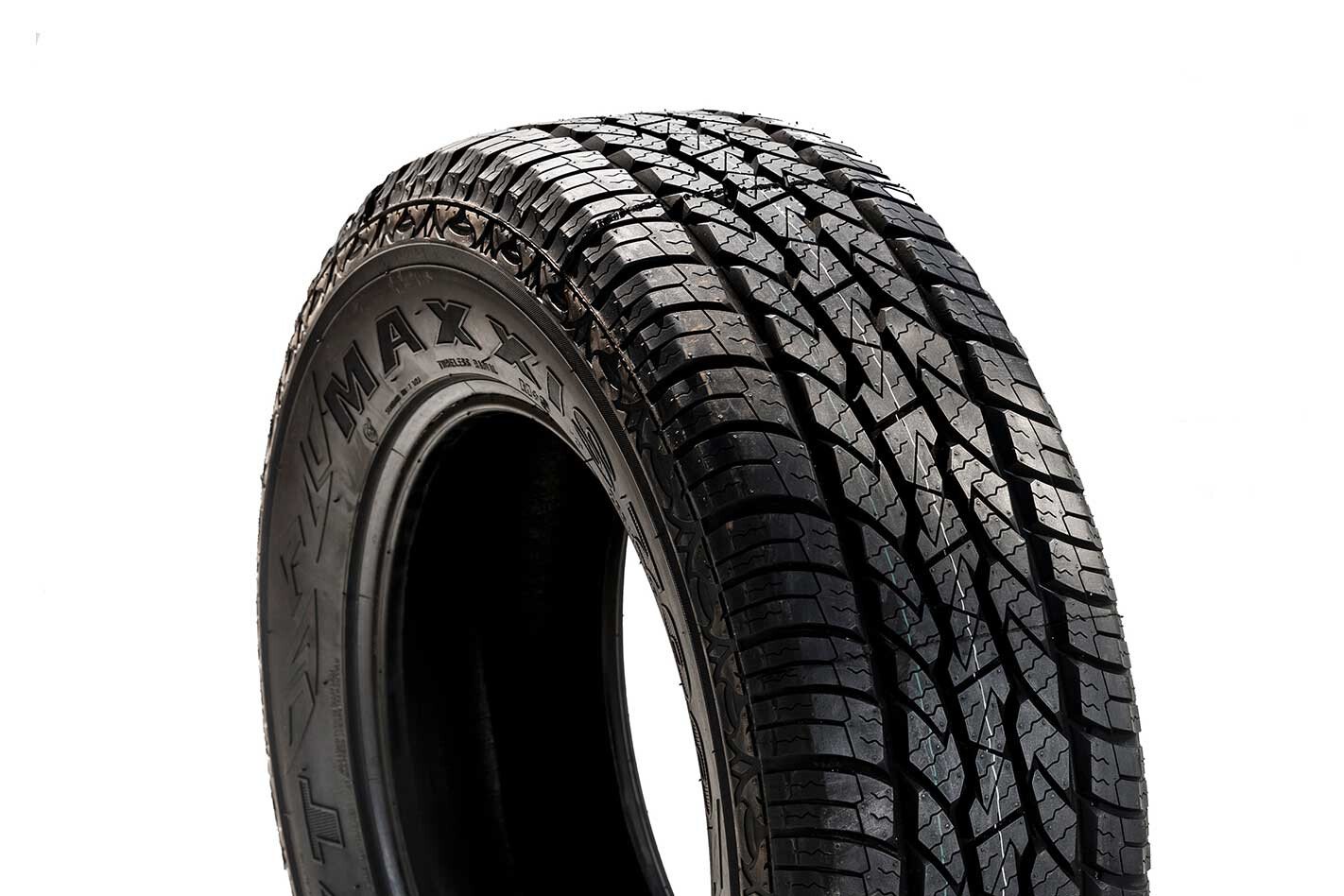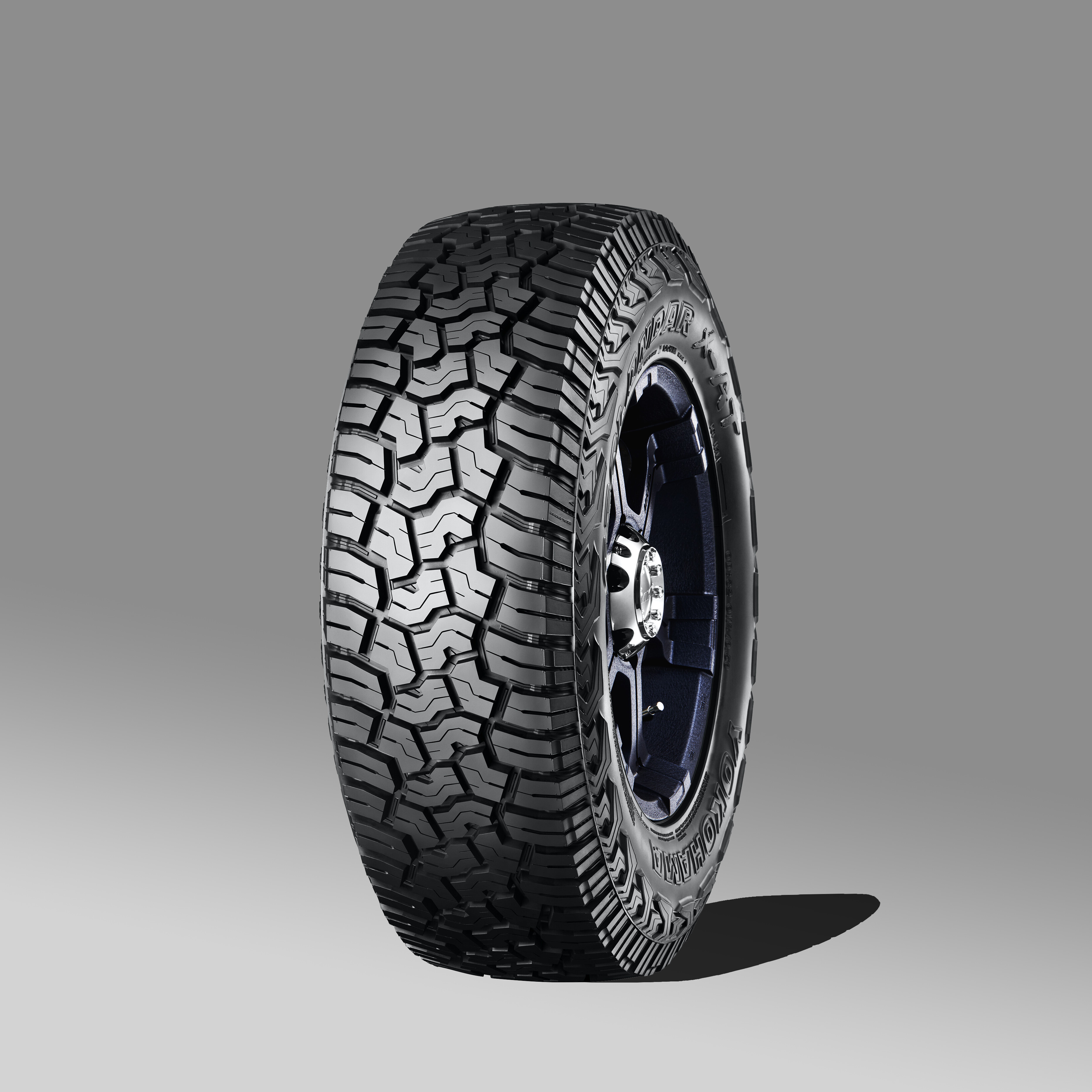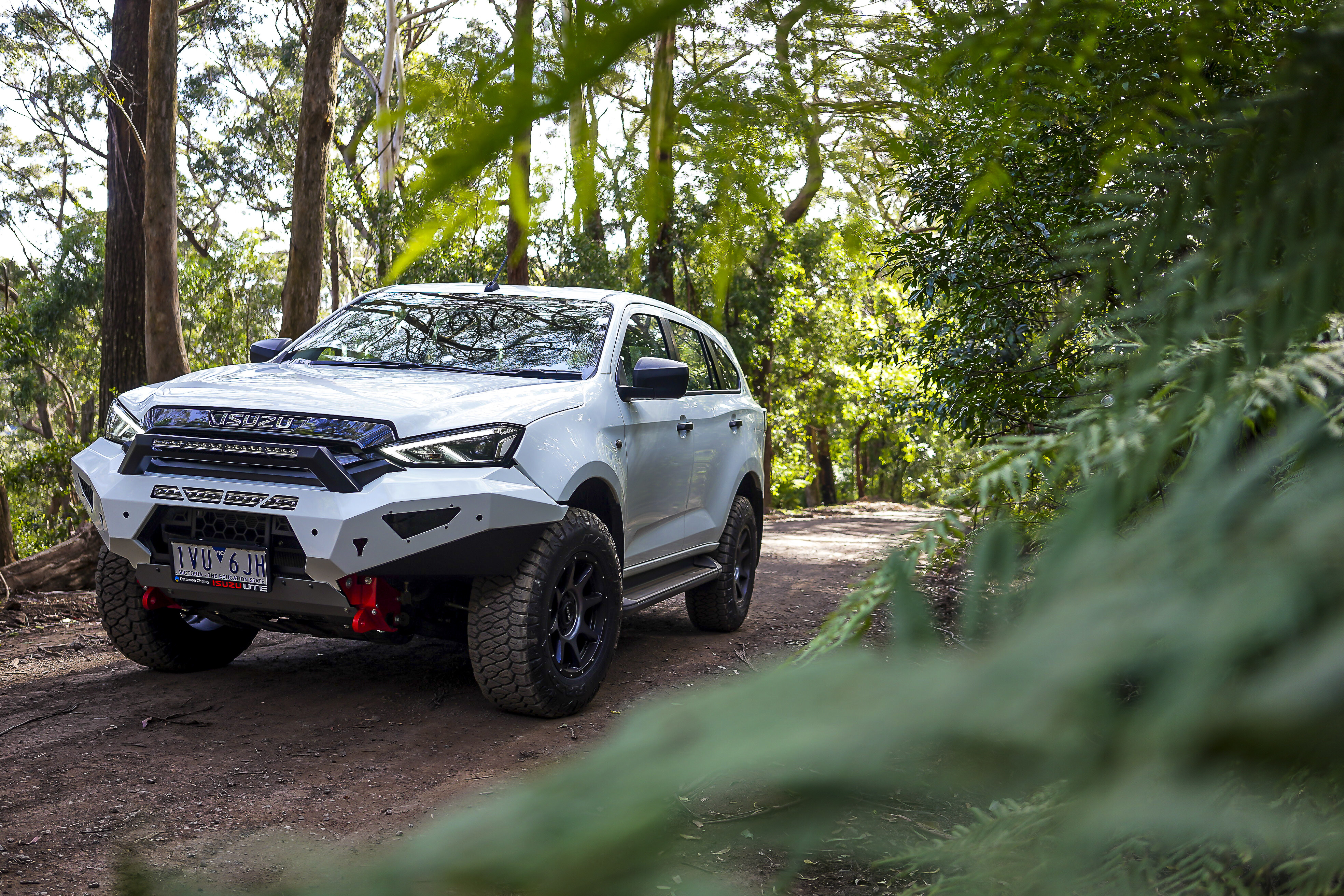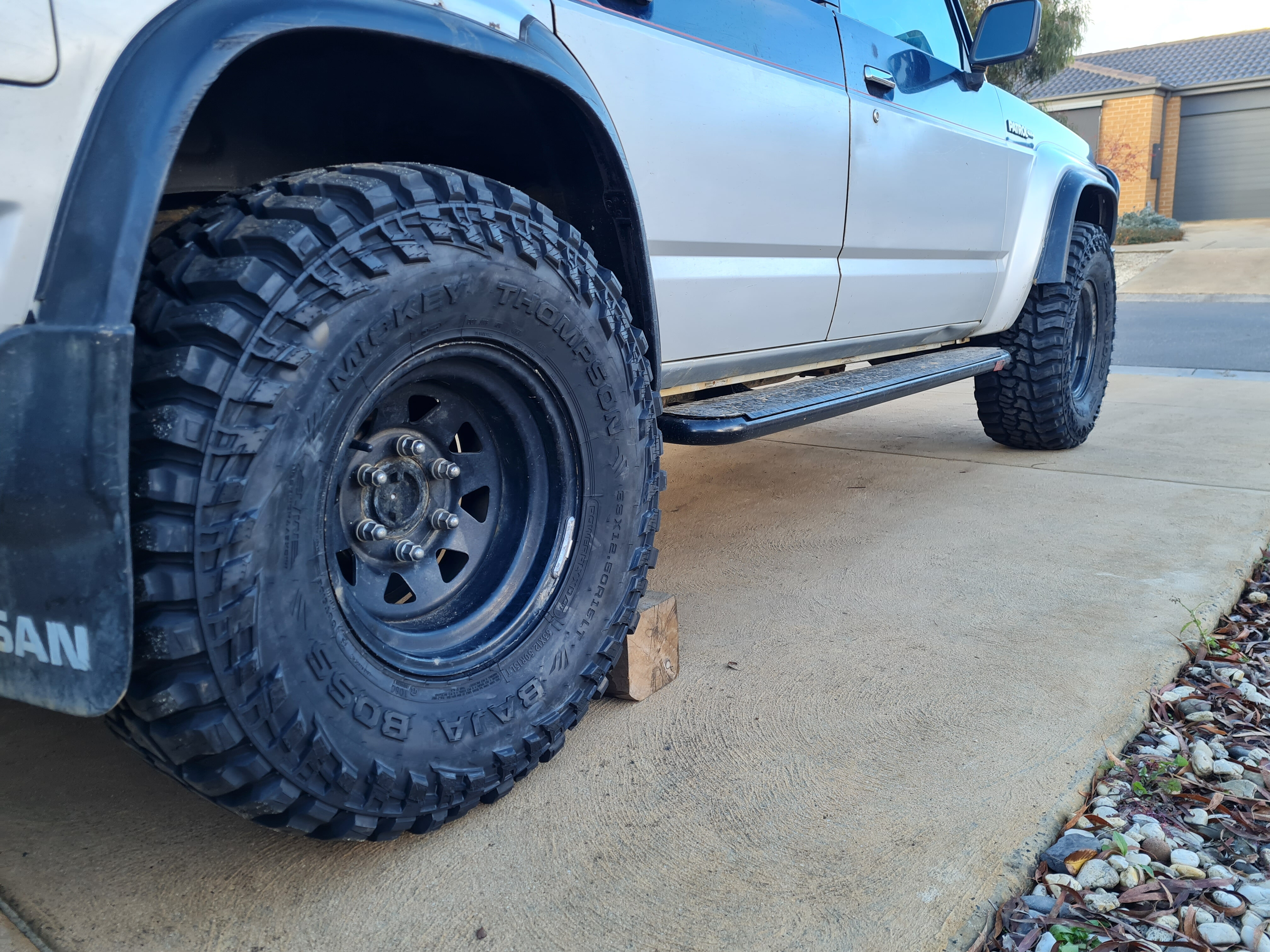IT’S A DAUNTING prospect, wandering into a tyre retailer for a new set of all-terrains and being bombarded with dozens of options that include everything from something that looks like it was created for a Mars Rover to something thoroughly Hume Highway. That’s indicative of the task at hand.
Being a tyre on a modern off-roader is no easy task, especially in Australia. As well as having to deal with a few tonnes of laden 4×4, those nondescript round black things also have to stop and corner confidently on wet and dry bitumen, they’ve got to deal with mud, sand, snow and gravel, and they’ve got to go the distance, resisting punctures over some of the harshest terrain in the world. Some do it better than others, and how well a tyre performs will often depend on what you drive it over.
This brings us to an expansive skid pan in Queensland at the Mount Cotton Training Centre. Along with dozens of tyres, we’re joined by tyre fitting experts from Tyre Right, a retailer with no affiliation to any tyre brands. The focus is on 17-inch all-terrains, a popular configuration for everything from dual cab utes to serious SUVs, and our selection of seven aftermarket tyres shows the diversity in design under the all-terrain banner.
Testing Times
FOR THIS test we’re using a VBOX data logger to measure G-force, speed, track position and angle. Our tests include dry and wet braking, dry and wet cornering, as well as an off-road loop.

For each discipline a tyre is given a score out of 100, with the best getting the maximum score and others ranked according to how far they were from the winner. We’re also tackling a challenging off-road track with gravel, rocks and mud. We know it can’t possibly cover every Australian track condition, but it gives us an idea of how each will perform in more challenging terrain.
Given the variability of off-road surfaces and the propensity for them to change after each pass, we’ll be relying on the bum and brain of 4X4 Australia’s Justin Walker for a broad performance assessment, rather than 1s and 0s from hard data we’re collating on the blacktop.
If he’s happy it’ll get an off-road gain in the form of a five per cent boost to the sub-total; if he doesn’t like the performance it’ll lose five per cent. It’s not perfect, but with the absence (and difficulty) of hard data it is a way to reward or penalise depending on how the tyres traversed our mix of loose gravel, mud and rocks.
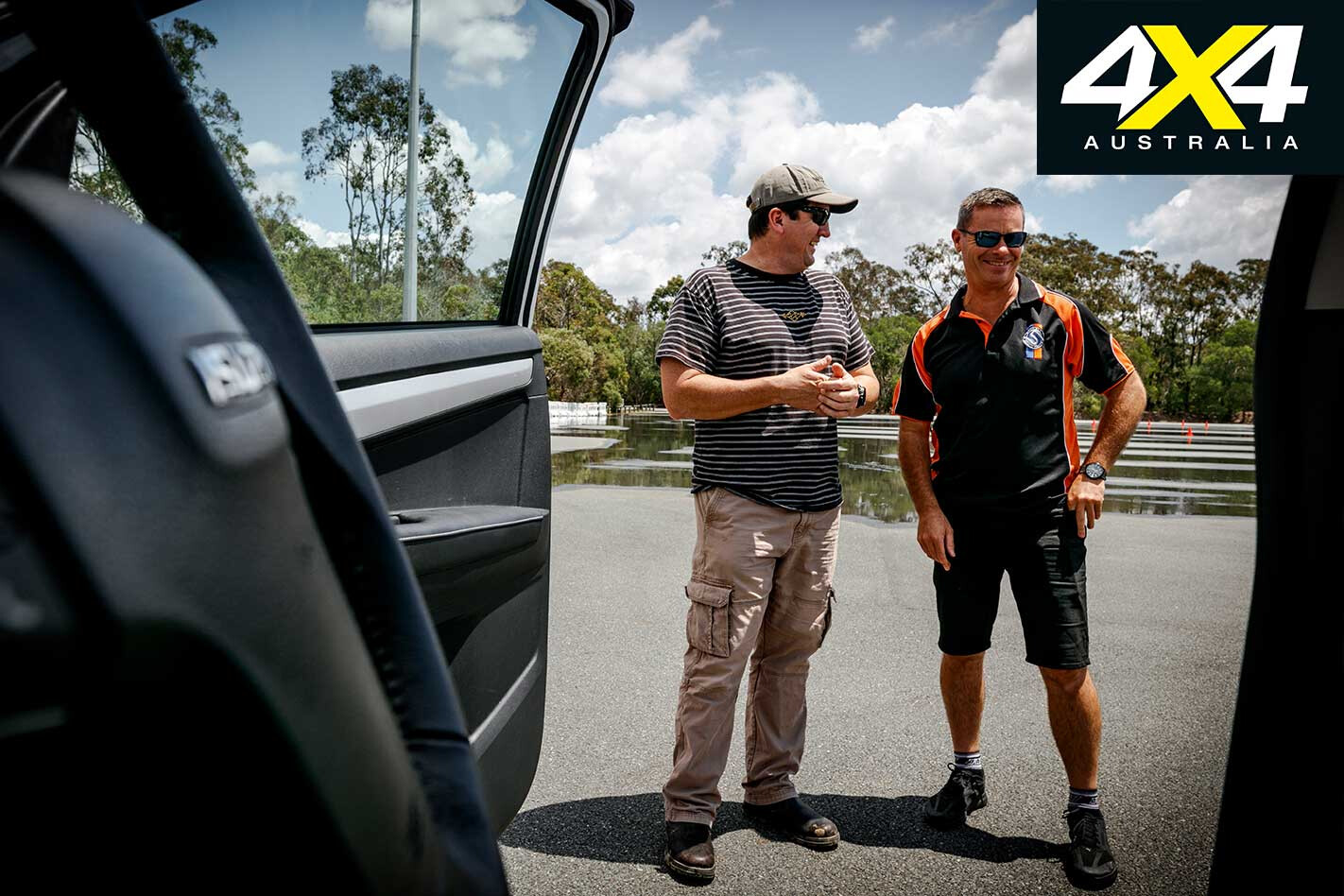
The bitumen run is being done by former Australian Drivers’ Champion Paul Stokell, one of Australia’s most accomplished steerers. He’s a man who knows all about precision and pace, two things being put to the test throughout the day.
The price of each tyre will be taken into account, and neither driver knows which tyre they’re driving, only relying on the feel, grip and attitude of the car.
The Contenders
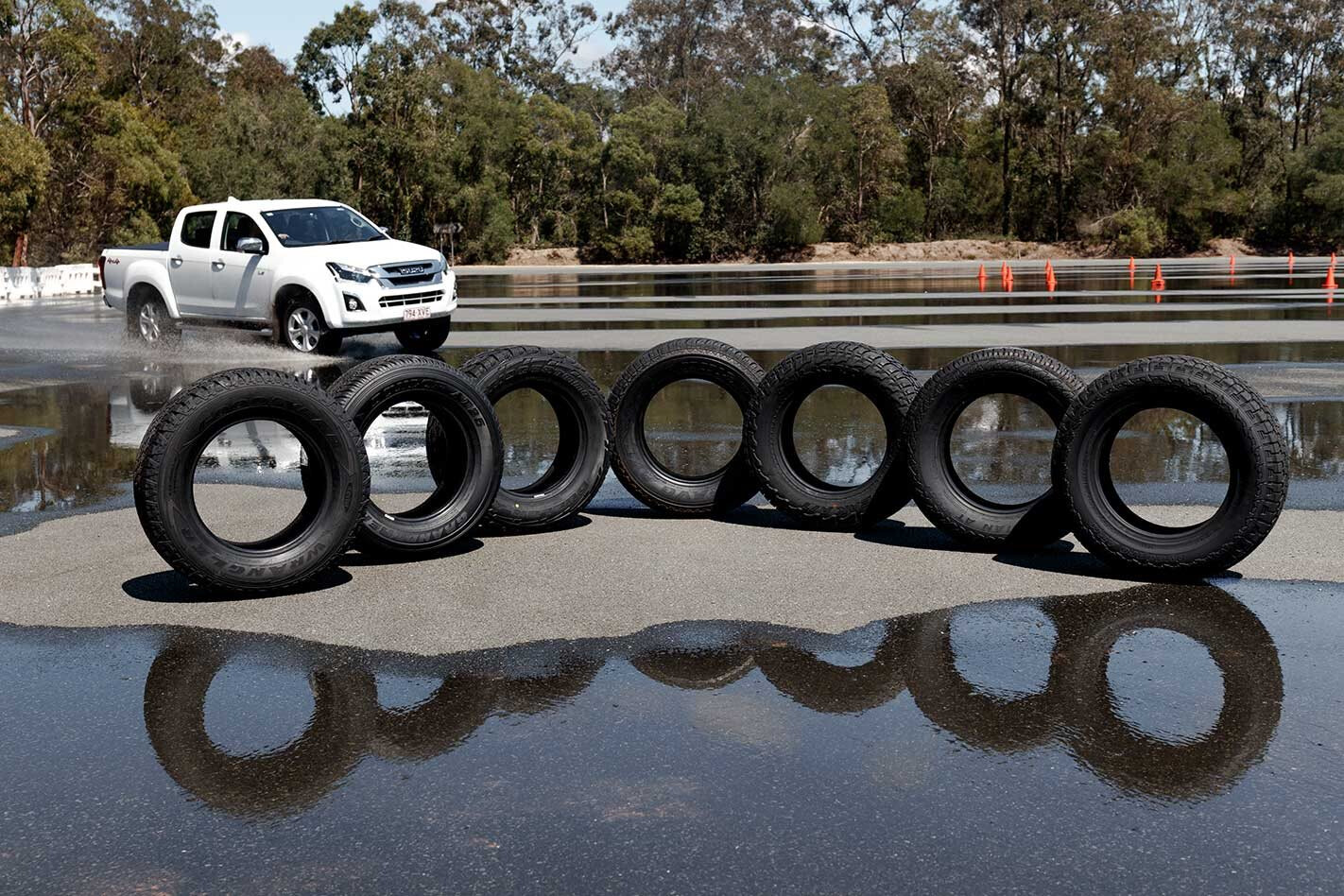 Seven tyres, one winner!
Seven tyres, one winner!
Tallying the numbers reveals one clear winner.
What’s an A/T?
There is no official industry definition of an all-terrain tyre, which may explain the vast differences between them visually. Tyre manufacturers acknowledge that an all-terrain typically has more aggressive tread blocks with bigger spaces between them. That, of course, is relative to what you’re comparing it to.
The 4×4
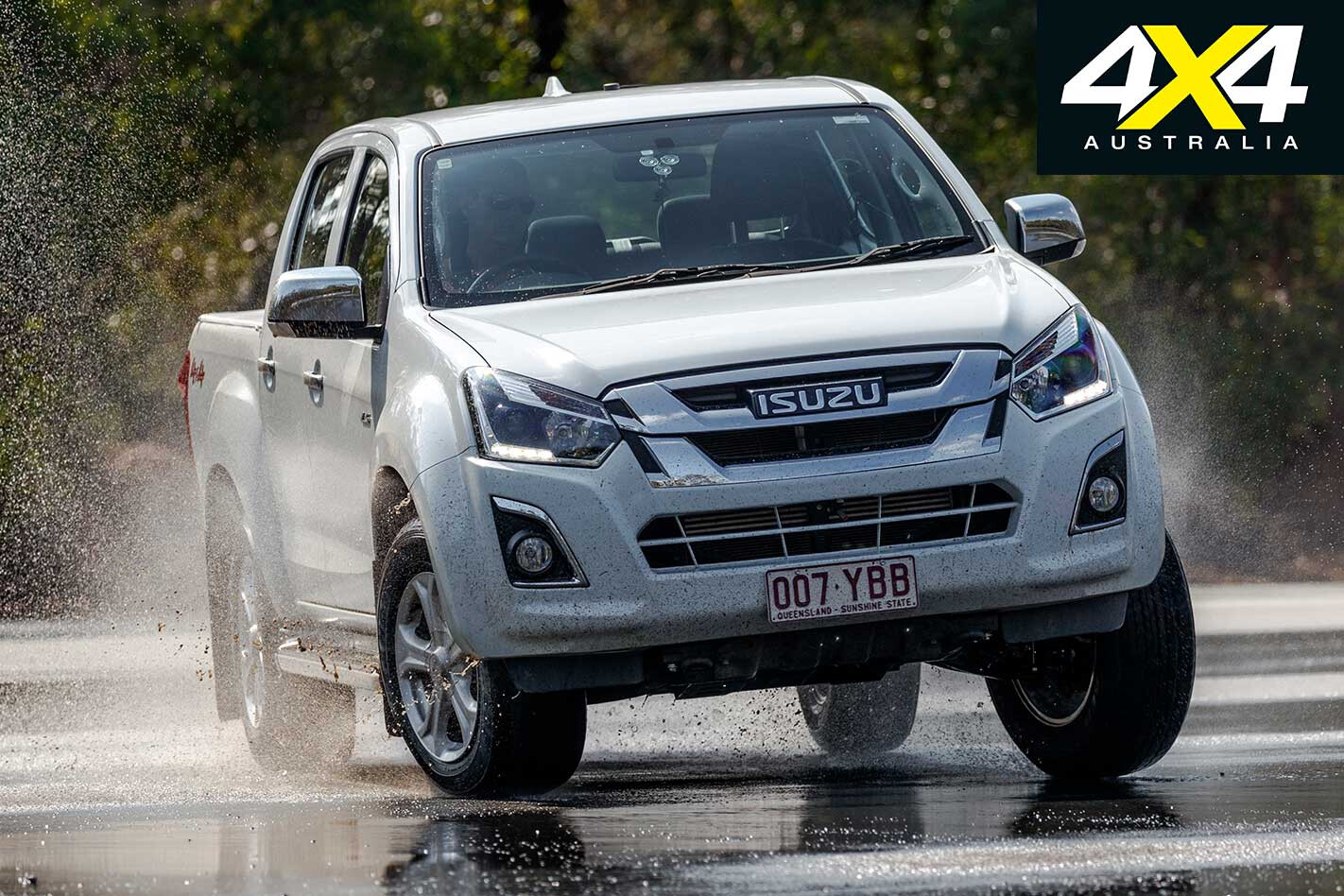
OUR TEST car was an Isuzu D-Max LS-U, complete with 17-inch alloy wheels. Its standard fitment road-focused Bridgestone Duelers were used as a baseline tyre, tested twice during the day for consistency; they were also used to establish the test course, a mix of sweeping and varying radius corners.
For our tests the stability control system was switched off, allowing Paul Stokell to bring the tyres to their grip limits without electronics cutting in. The absence of interference from occasionally inconsistent chassis electronics allows the properties of the tyres to shine – or flop.
For all tests the tyres were brought up to the pressures recommended on the placard, the Tyre Right crew in charge of fitment and balancing.
Measuring Equipment
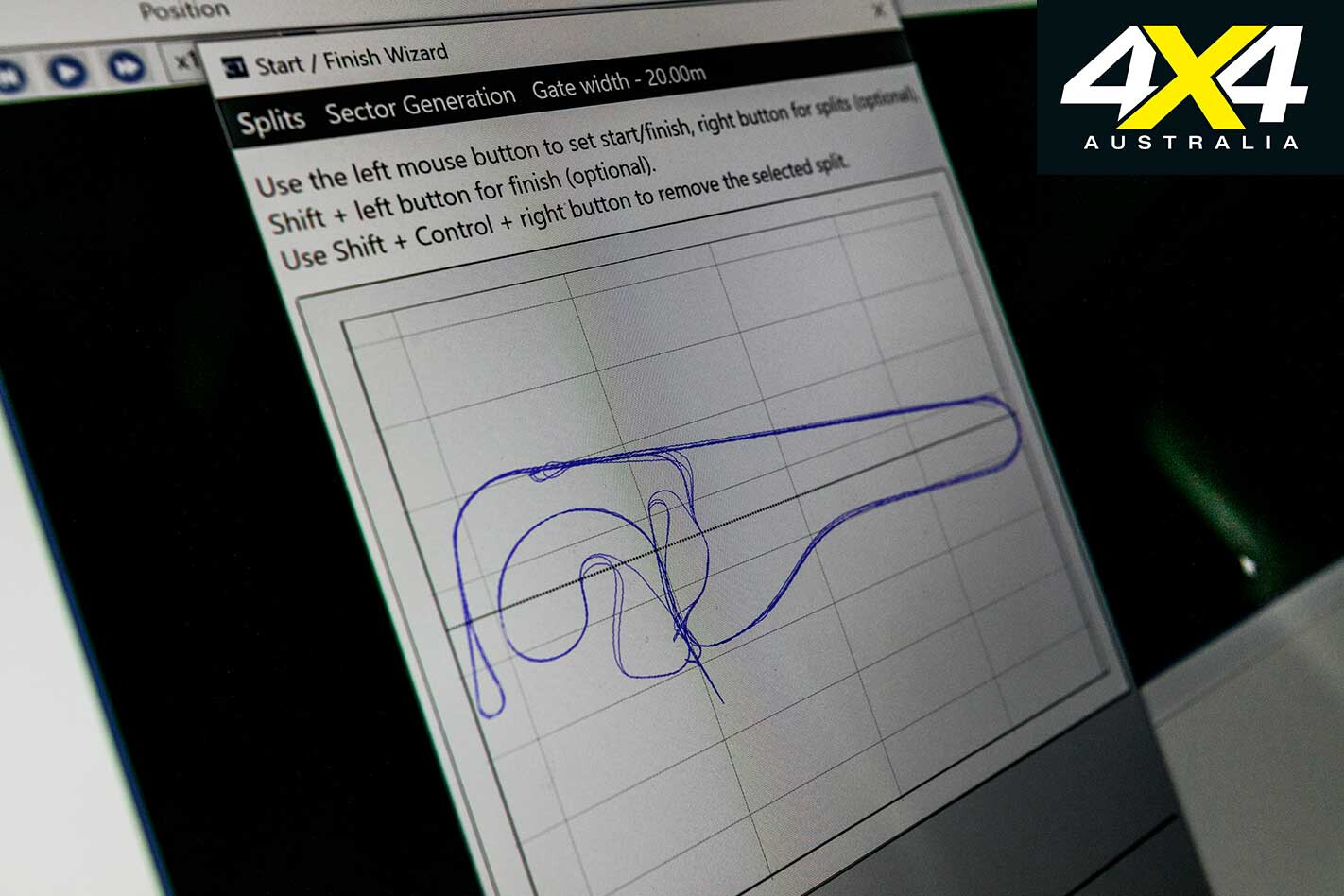
Our data was collected with a VBOX video data logger, before being analysed on the accompanying Circuit Tools and Test Suite software. They’re powerful programs that allow data to be plucked from individual sections of a course or track.
Measurements are taken 10 times per second and include everything from lateral and longitudinal G-force measurements, to speed down to the one-hundredth of a kilometre-per-hour and time down to the one-hundredth of a second.
The main measurements we looked at were speeds in corners, the G-forces on the vehicle and stopping distances. For overall cornering performance we looked at the distance it took for each set of tyres to get through the corner.
To measure stopping distances the vehicle was driven 7-10km/h above the test speed, and then the brake pedal was mashed to activate the ABS system, ensuring the ABS was pulsing by the time the car was decelerating through the test’s upper speed threshold.
The Tests
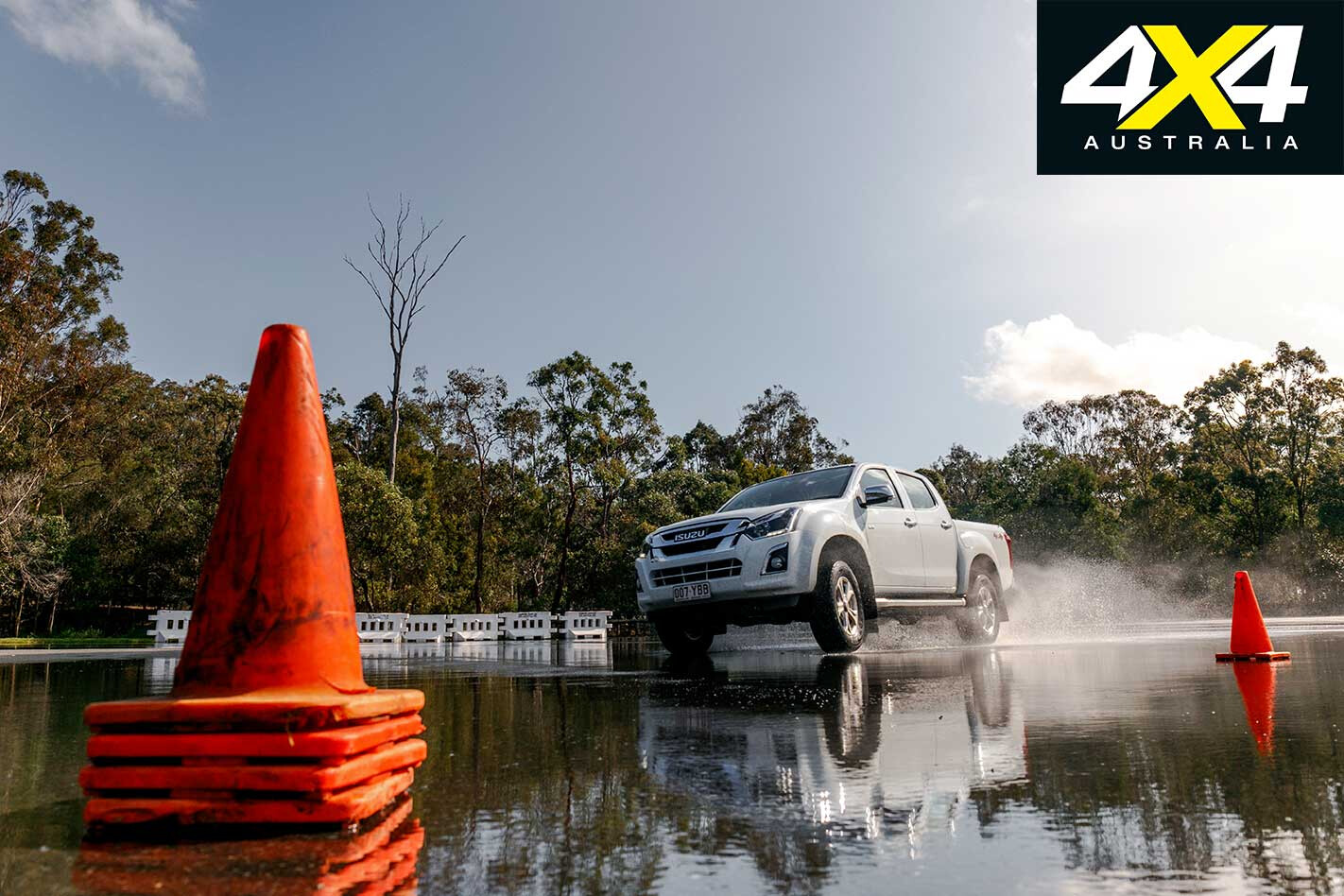
• Dry braking from 100km/h • Wet braking from 100km/h • Dry cornering x 2 • Wet cornering x 2 • Off-road course • Price analysis
Test Shortfalls
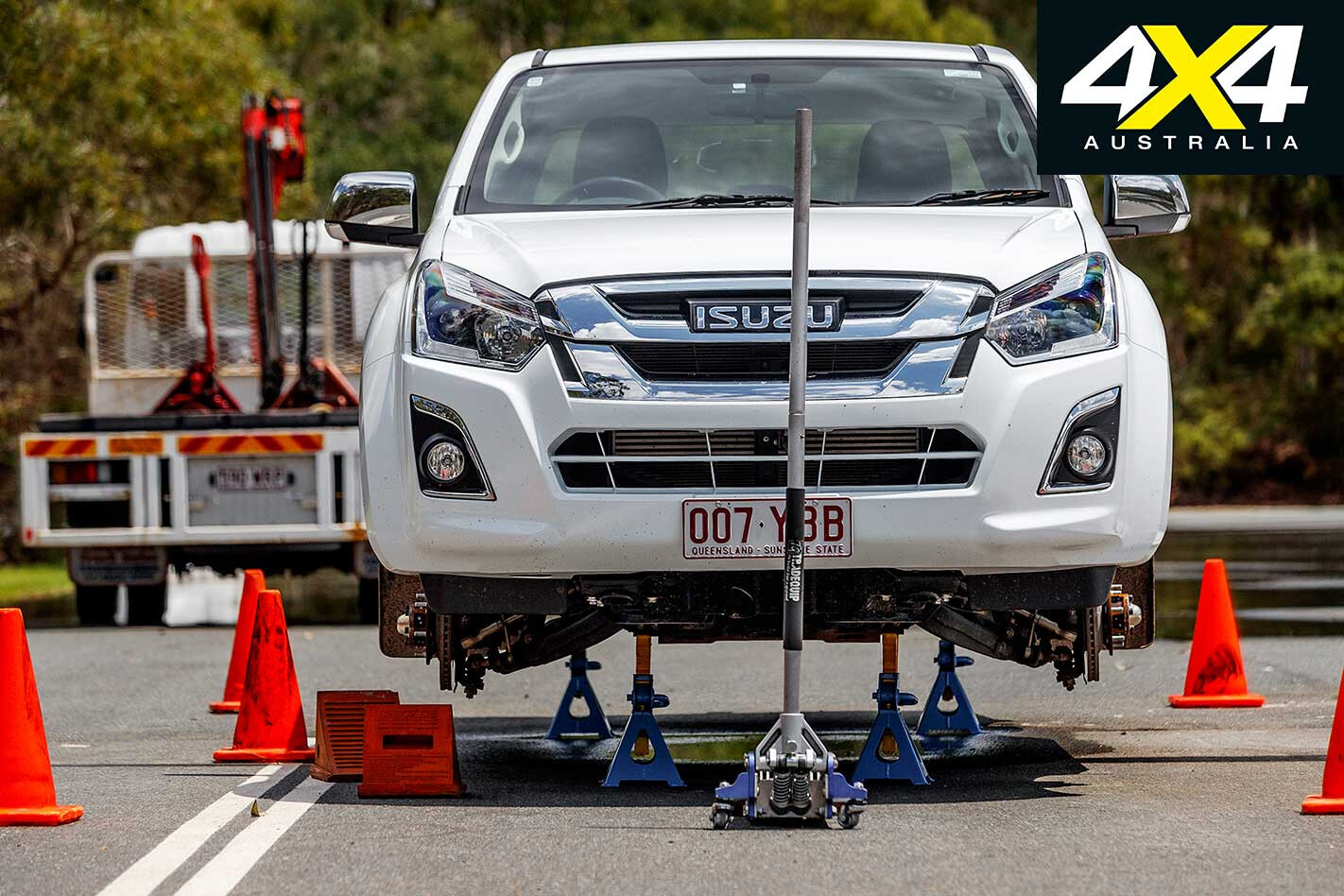
There are some things we’re not evaluating in this test, most notably puncture resistance and wear levels. They’re two big issues for off-roaders but are a challenge to accurately test in a relatively short time. Rest assured, it’s on our list for the future.
Another thing we didn’t test is rolling resistance, something that can noticeably increase fuel use. The more aggressive nature of all-terrain tyres means they tend to resist rolling more, in turn requiring more throttle input (fuel) to keep spinning.
Off-road focus fails to wrangle the points.

